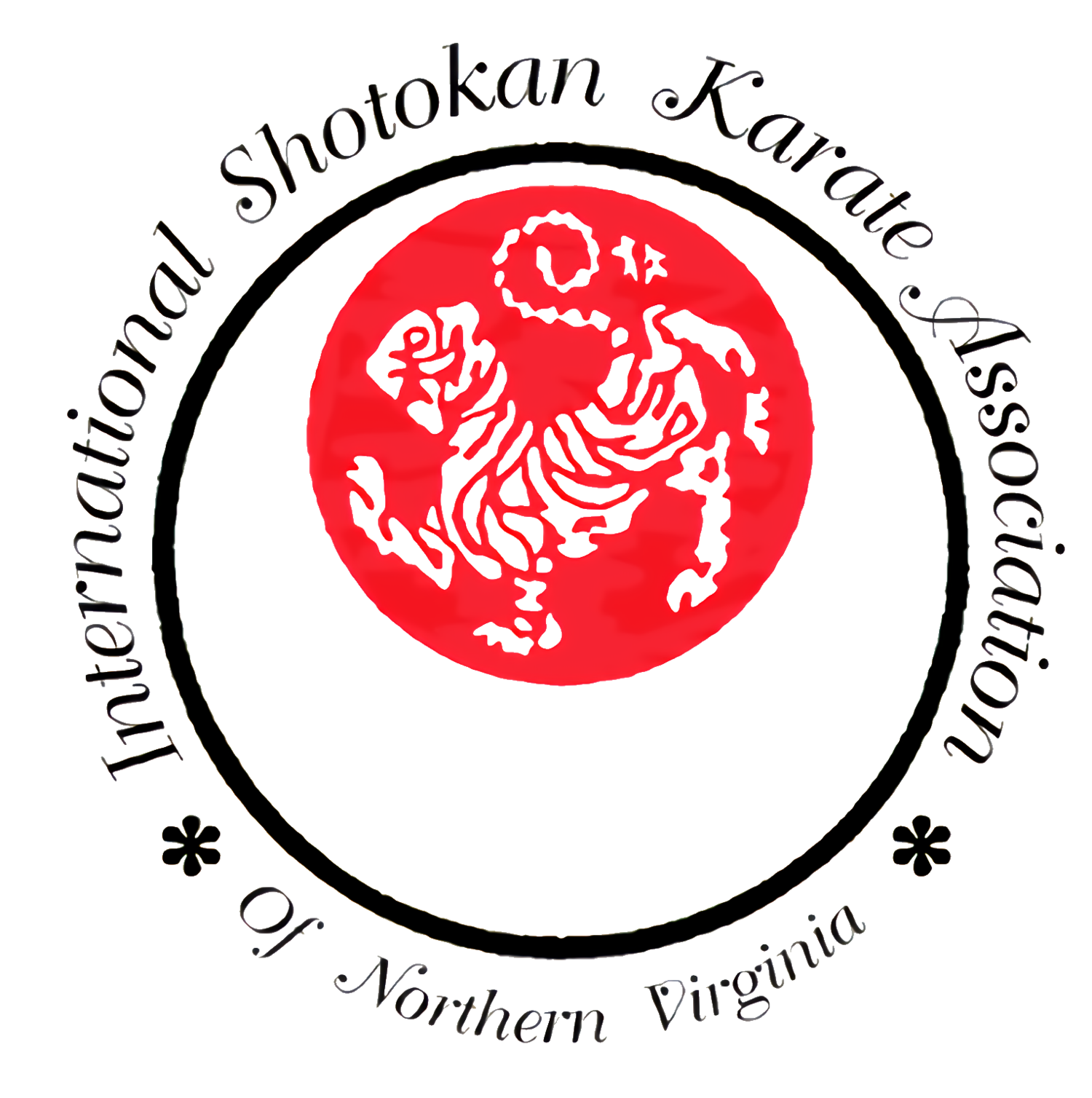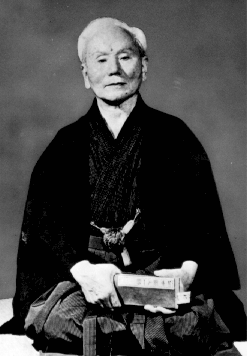History of Shotokan Karate
In its most basic form, karate is an art or systemized method of physical and mental activity which developed over several thousand years. As a way of enhancing mediation techniques, monks at Shaolin monasteries in China were taught vajramuchti, a martial art originating in India. These teaching became the basis for the Chinese form, ch’uan-fa or kenpo.
Through trade, and conquests, the varied styles of Chinese martial found their way to the Ryukyu Islands, the largest of which is Okinawa. The original Okinawan fighting system, te (hand), developed mostly from a ban of all weapons when Okinawa was occupied by the Shimazu in 1609. In this way the two ancestors of modern karate-do, “Okinawa-te” and “To te” (Chinese hand) were formed.
Ginchin Funakoshi, generally considered, “the father of modern karate, ”introduced karate to Japan by way of exhibitions in 1917 in Kyoto and again in 1922 at theMinistry of Education in Tokyo. Funakoshi changed the Kanji character of his fighting style to read kara instead of to, changing the name of this martial art form from, to te (Chinese hand) to kara te (“empty hand”).
Gichin Funakoshi, a noted calligrapher, signed his work with his pan same, Shoto. As such his school, and later his style, became known as Shotokan of Shoto’s School. Funakoshi organized the Japan Karate Association in 1948 and served as its head master until his passing in 1957.


